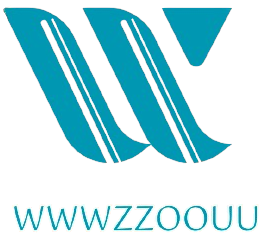1. Digital Health Tools
Digital health tools, including mobile applications and web-based platforms, revolutionize medication management by providing convenient access to drug information, reminders, and adherence tracking. These technologies empower users to stay organized, adhere to medication medicijnen schedules, and communicate effectively with healthcare providers, fostering collaborative and patient-centered care.
2. Telemedicine Services
Telemedicine services bridge geographical barriers and enhance accessibility to healthcare professionals, facilitating remote consultations, medication prescriptions, and follow-up care. Through telehealth platforms, patients can receive expert medical advice, monitor treatment progress, and address medication-related concerns from the comfort of their homes, promoting continuity of care and patient satisfaction.
Emerging Trends in Pharmaceutical Innovation
1. Personalized Medicine
Personalized medicine tailors treatment strategies to individual genetic makeup, biomarker profiles, and lifestyle factors, optimizing therapeutic outcomes and minimizing adverse effects. Through advancements in genomic sequencing, pharmacogenomics, and precision diagnostics, healthcare providers can prescribe medications with greater efficacy and safety, ushering in a new era of targeted and personalized therapy.
2. Biopharmaceuticals and Biosimilars
Biopharmaceuticals and biosimilars represent a burgeoning segment of the pharmaceutical industry, offering novel therapies for complex diseases and cost-effective alternatives to branded biologic drugs. Biopharmaceuticals, derived from living organisms, exhibit enhanced specificity and potency, while biosimilars replicate the structure and function of existing biologics, expanding treatment options and improving access to innovative therapies worldwide.
Addressing Challenges in Medication Access and Affordability
1. Healthcare Policy Reforms
Healthcare policy reforms aimed at improving medication access and affordability encompass a spectrum of initiatives, including price regulation, generic drug promotion, and reimbursement reforms. By fostering competition, transparency, and innovation in the pharmaceutical market, policymakers can mitigate barriers to medication access and ensure equitable distribution of essential medications to all segments of society.
2. Global Collaboration and Advocacy
Global collaboration and advocacy efforts mobilize stakeholders across sectors to address systemic challenges in medication access and affordability on a global scale. Initiatives such as the Access to Medicines Index, Medicines Patent Pool, and Global Fund for AIDS, Tuberculosis, and Malaria leverage partnerships between governments, pharmaceutical companies, and civil society organizations to expand access to essential medicines, combat infectious diseases, and promote health equity worldwide.
Conclusion
In conclusion, the landscape of medicines continues to evolve, driven by scientific innovation, technological advancements, and concerted efforts to enhance medication access and affordability. By embracing emerging trends, leveraging digital health solutions, and advocating for equitable healthcare policies, we can optimize medication management, improve patient outcomes, and advance the collective goal of ensuring health for all.
